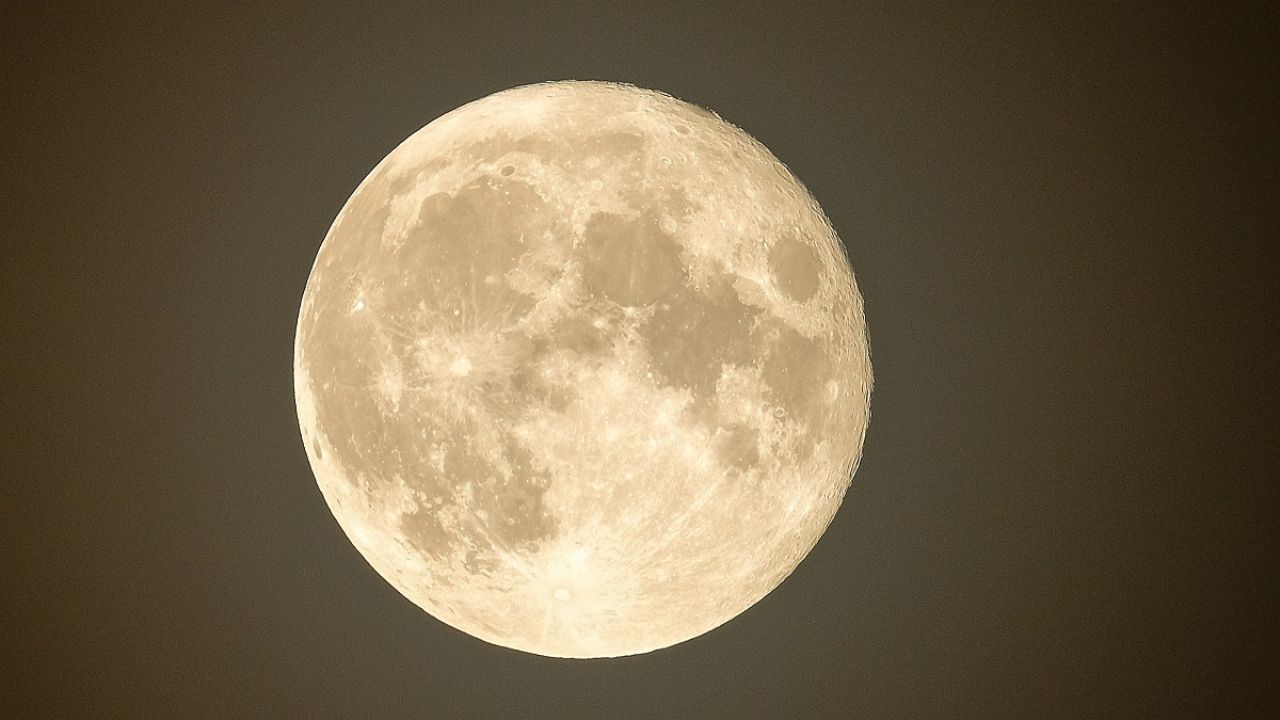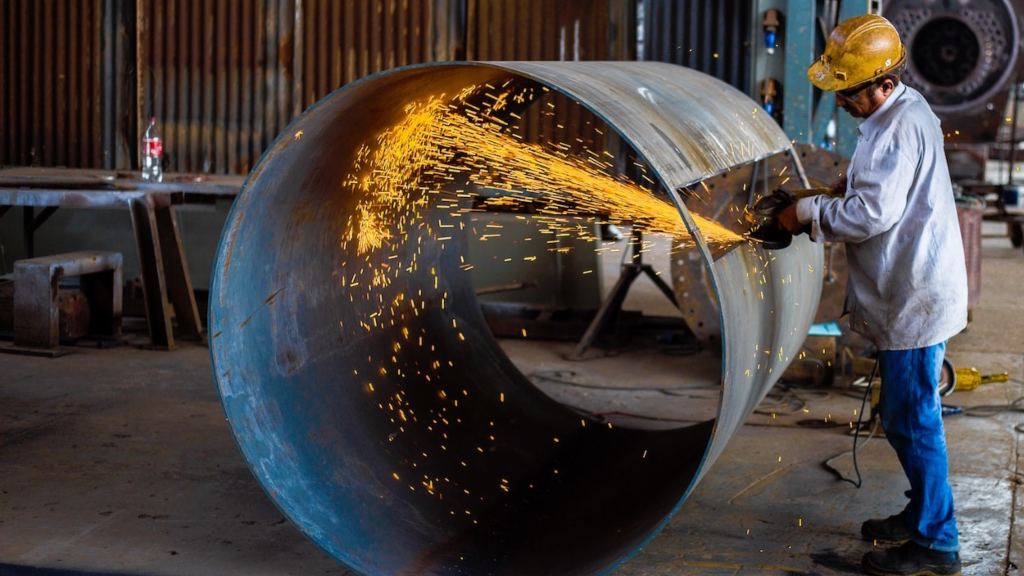
The first rlunar geese brought to Earth in decades they showed that terrestrial satellite had volcanic activity Until less time than thought, Chinese scientists indicated yesterday.
Last year, a Chinese space mission brought to the Earth rocks and soil of the Moon, something that had not happened for four decades and that was a great achievement in the Chinese space program.
In analyzing this material, the scientists found basalt, a form of cooled lava, from ago 2 thousand 30 million years, what about in about 900 million years ago the last volcanic activity known on the Moon.
The study of the samples “reveals that the interior of the Moon was still evolved about 2 billion years ago,” he noted.a Chinese Academy of Sciences.
Moon rocks previously obtained by US and Soviet missions showed that the Earth’s satellite was active up to 2,800 or 2,900 million years ago.
However, these samples came from older parts of the lunar surface, leaving the scientific community lacking information on a significant part of the satellite’s more recent history.
The Chang’e 5 mission, named after the Chinese moon goddess, collected two kilos of samples from a previously unexplored part, the Mons Ruemker volcano, in the vast area called Ocean of Storms (“Oceanus Procellarum”).
The scientists selected that area because they thought it may have formed more recently, due to the low density of meteor craters on its surface.
“All these results together are extremely exciting, they provide incredible knowledge and results to understand the formation of the Moon and its evolution over time,” said Audrey Bouvier, professor of planetology at the University of Bayreuth (Germany), in a conference. press in Beijing.
The latest discoveries, published in the journal Nature, raise new questions for scientists trying to decipher the history of the satellite.
“How did the Moon maintain volcanic activity for so long? The Moon is small and should disperse heat quickly, or so we thought,” Chinese Academy of Sciences researcher Li Xianhua, one of the authors, told reporters. of the studies.
The samples from the Chang’e 5 mission were a big step for the Chinese space program, which sent a robot to Mars and another to the far side of the Moon.
The country, racing with the United States and Russia, sent three astronauts on Saturday to continue building its new space station. It plans to launch the Chang’e-6 and Chang’e-7 lunar missions, also unmanned.
AFP, REUTERS and AP
PHOTO: Xinhua
MAAZ



